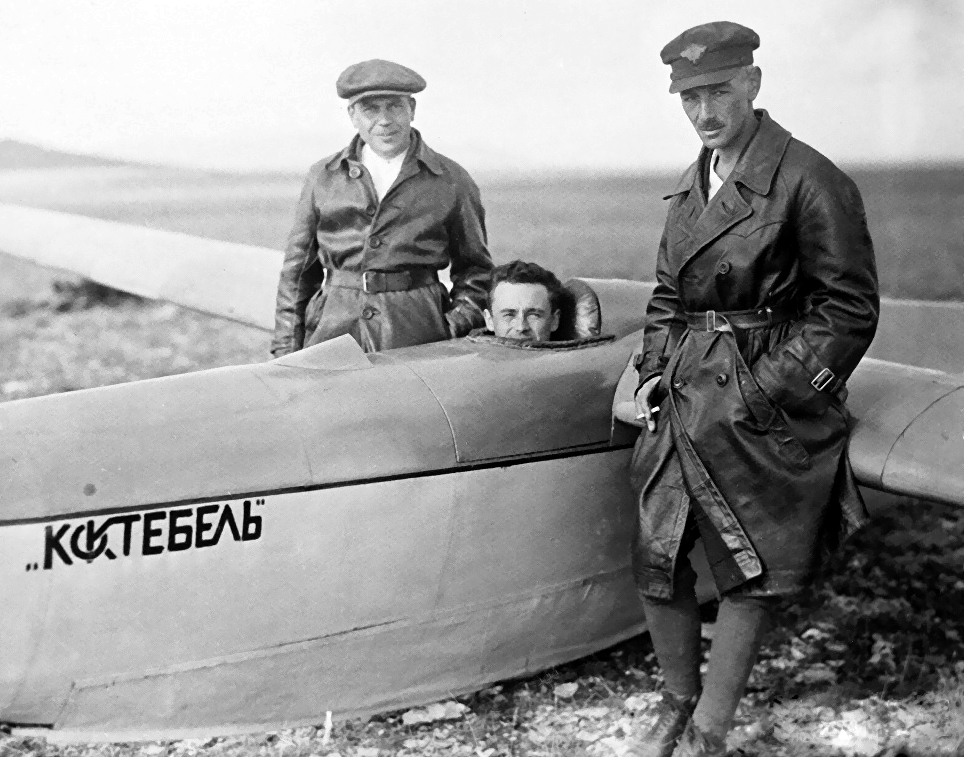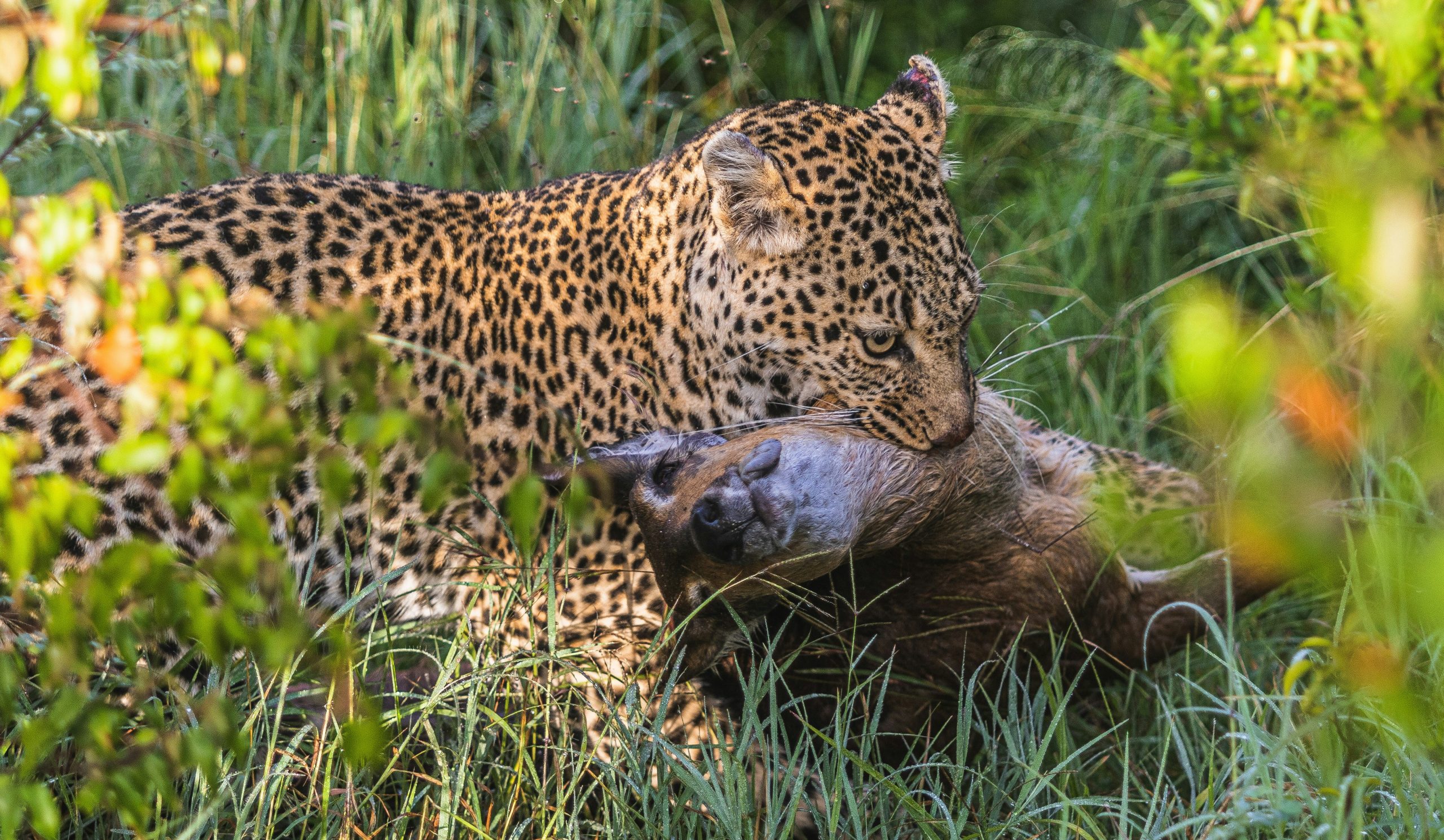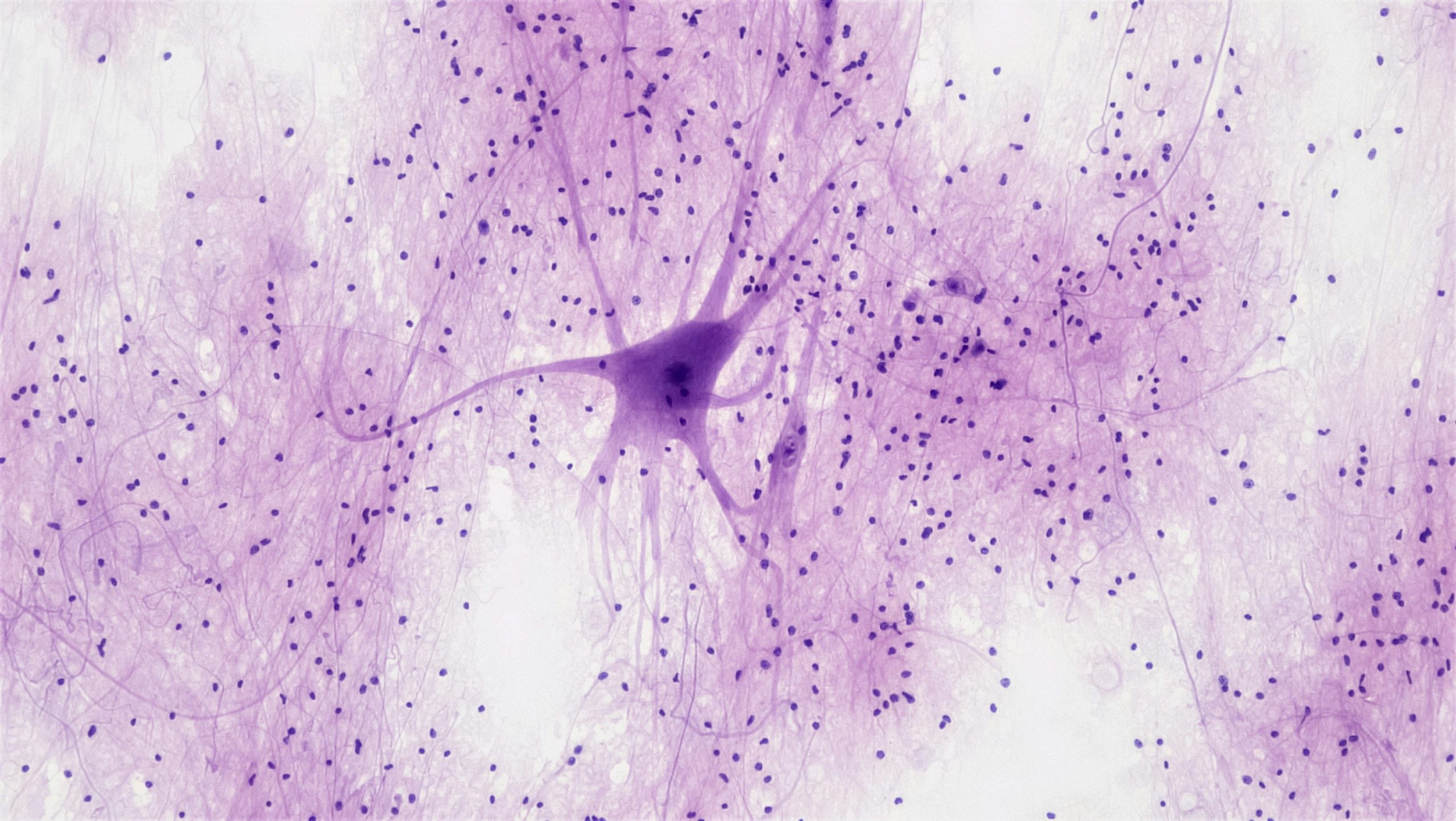by Jakub Sypek, Year 12, Peter Symonds College, Hampshire
What was the name of the first satellite launched into space? The name of the first dog in orbit? The name of the first man in space? The first woman? These have become household names around the world, and rightfully so, but behind the curtains one man was key to all these steps in humanity’s history. He designed and built the rockets that sent Sputnik, Laika, Yuri Gagarin, and Valentina Tereshkova into space. His name was kept secret to protect him from US assassination attempts and he was officially identified only as Glavny Konstruktor (the Chief Designer). Even the cosmonauts who worked with him were not informed of his real name.
He was gifted in mathematics from a young age, but was forced to educate himself at home after his school was closed during the Bolshevik revolution. He also suffered from typhus during the extreme food shortages that came with the revolution. An air show during his early childhood inspired a passion for aeronautical engineering. In 1926, he started his studies in Moscow, where he enjoyed opportunities to fly and design numerous gliders. A young prodigy, he built his first glider at the age of 17.
After his studies, he began work to design and test experimental aircraft. He continued his career the only way one could in this field in Soviet Russia; he began working for the military. He received his pilot’s licence in 1930, and while testing the limits of altitude for his aircraft, he wondered what lay beyond the reach of his plane and how he could get there. Many believe this to be the start of his interest in space. He became the head of the Soviet Union’s jet propulsion research group in 1932, still in his mid-20s.
During his work for the red army, Stalin’s “Great Purge” began. Nobody was safe. Two of his comrades at the institute were forced to accuse him (and each other) of deliberately slowing down research. He was then tortured to extract a confession. All three were sentenced to death. His comrades were executed, but he survived, mercifully being sent to prison, where he wrote many appeals to the authorities, including Stalin. His charges were reduced, but by that time, he had already been sent to a gulag in Siberia, where he spent several months before word of his retrial reached the cold east. During this time, Soviet rocket technology fell far behind Nazi Germany’s.
War began and his scientific expertise was required for the victory effort. He was put to work designing bombers and rockets for use against the enemies of Soviet Russia. He was not allowed to see his family until June 1944, when he was reunited with his wife and daughter, allowed by a special governmental decree.
After the war, he was sent to Germany, where he and his team reverse engineered the German V-2 rocket. The rockets his team built progressively minimised the deficiencies of the V-2, had an increased range, and could carry a recoverable payload. In 1951, two dogs were sent into space on one such rocket. He later designed the R-7, the first ICBM; it was revolutionary, and many modern rockets are based on its design. The USSR was winning the nuclear arms race because of his contributions, and the government acknowledged that his sentence was unjust in 1957.
The chief designer realised the potential of his R-7 rocket, and he brought up the idea of sending a satellite into orbit to the communist party. Fuelled by cold-war competitiveness, the party agreed. Sputnik 1 was sent into orbit, and became the first man-made satellite to orbit the Earth. This action terrified the Americans and launched the space race.
In 1961, Vostok, a modified version of the R-7, launched the first human, Yuri Gagarin, into space.
The chief designer was working hard to send a man to the moon and began work designing and constructing the N-1, but his plans never came to fruition as he died suddenly in 1966 from a heart attack. The Soviet Union never sent a man to the moon.
Only after his death in 1966 was his name revealed to the public.
His name was Sergei Korolev.





